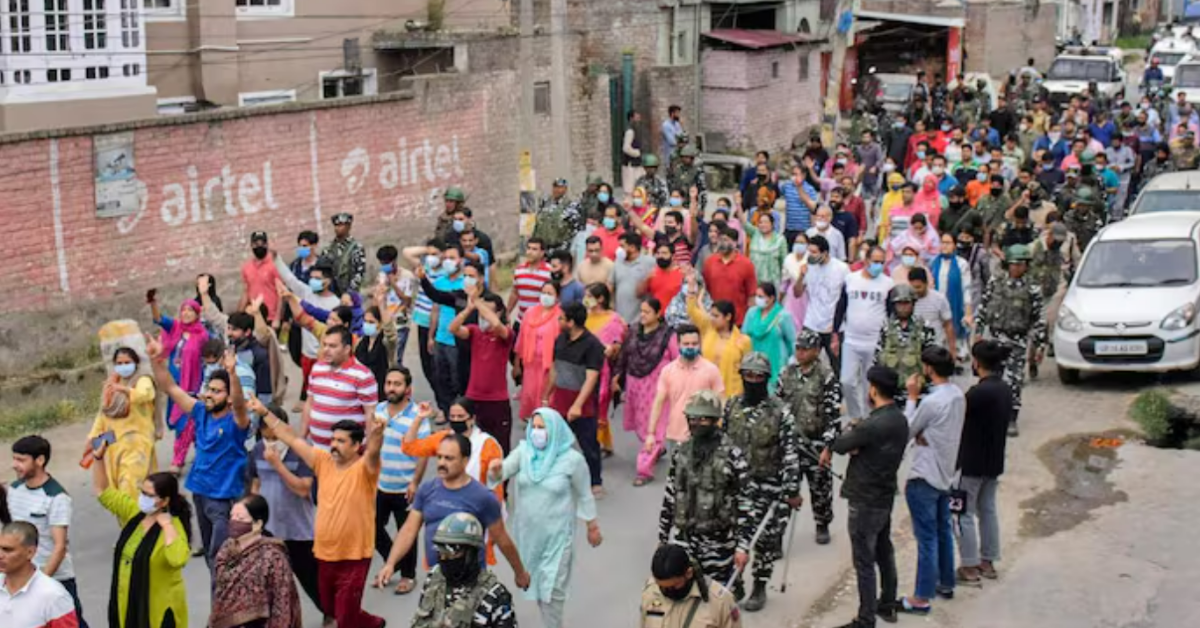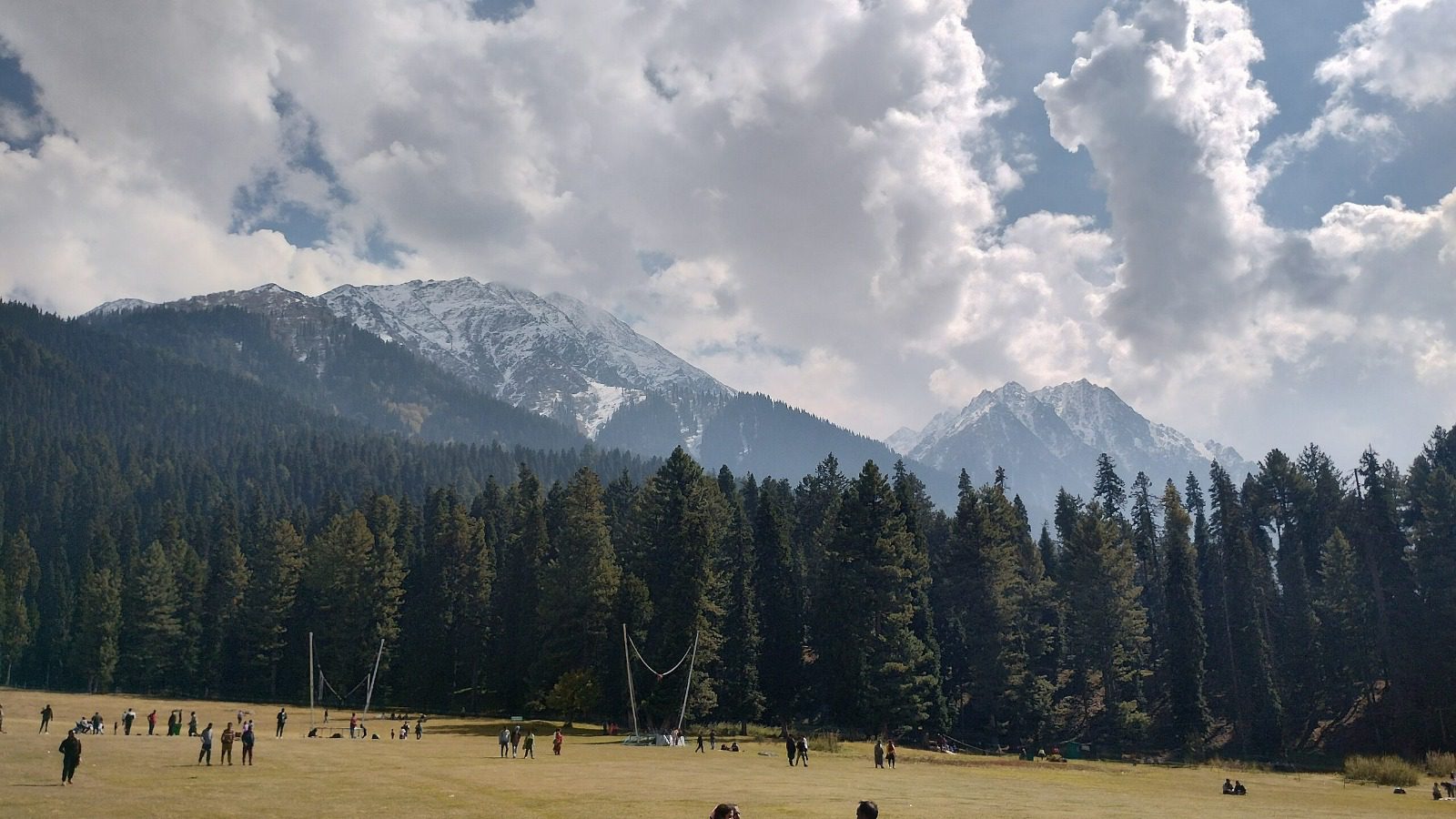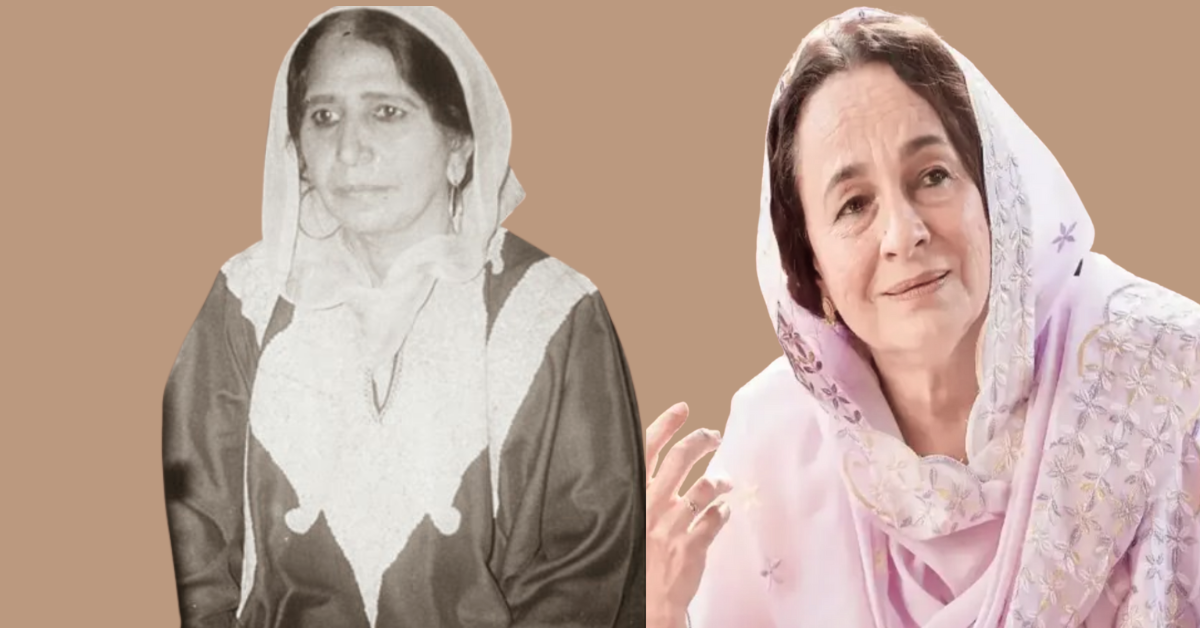Targeted Killing of Kashmiri Pandits After Article 370 Revocation
Introduction: A Historic Step Toward Unity The Constitutional Amendment of August 2019 The security situation in Jammu and Kashmir transformed after August 2019. The Indian government took a bold constitutional…




